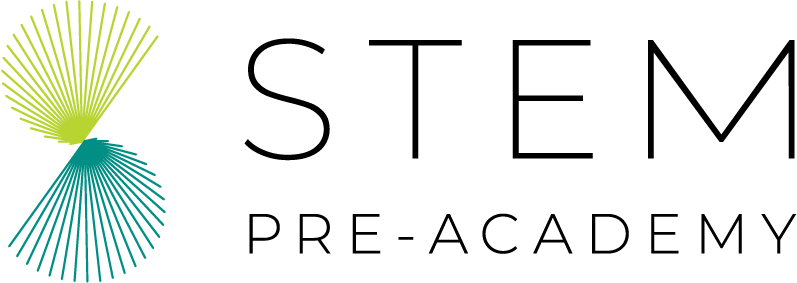
Hawai‘i teachers share tips and techniques to supplement your online teaching practice.
Meet Jason Akamine, an eighth-grade science teacher at Washington Middle School. Like many educators, his primary experience has been teaching students face to face in the classroom. Mr. Akamine is a dedicated educator, inspiring students in science and with over twenty years of teaching experience, he is well-versed in creating captivating learning environments.
With the sudden shift to distance learning due to the pandemic, Mr. Akamine was given a short window to transform his in-class lesson plans to a completely virtual platform. Given the complexity of teaching middle school science, with its hands-on aspects and inquiry-based learning, it was no small task to rethink the process and practicality of learning outcomes. Mr. Akamine along with his teaching partner, Tomo Hayamichi, brought their lessons to life using Google Classroom and Jamboard, designing an online learning environment that is interactive, innovative, and most importantly filled with a human connection. Teaching in tandem with Mr. Hayamachi has unlocked greater potential for connecting students with interactive learning.

Committed to supporting teachers and their practice, the STEM Pre-Academy sat down (virtually) with Mr. Akamine and asked him about this process and the lessons he has learned. What follows are some tips and techniques that Mr. Akamine suggests for creating an engaging and interactive distance learning experience.
Mr. Akamine’s tips to boost your online teaching presence:
- Take A Daily ‘Temperature Check’ – ask students how they are doing with online learning while also launching the day with an open, encouraging tone.
- Utilize Digital Presentations – support student interaction with materials and provide students with experience speaking in front of an audience with less interruption to reduce ‘stage fright’.
- Schedule Virtual Office Hours – setting up one-on-one conferences helps students feel connected, allowing them to get to know you and overcome shyness. It also provides an opportunity to address technology barriers and other issues that may impede student learning.
- Utilize the Chat Feature – this makes the digital classroom more interactive. Ask students to post comments and content questions–similar to raising a hand in class. Actively monitor chat to answer questions in real-time.
- Use Google Drawing Features – have students draw answers or lesson elements in real-time–And don’t allow pasting items from the internet. Keep them engaged in discussions and interacting with content.
- Adaptability – Allow Space For New ideas. Realizing this is a new process for everyone with a large learning curve for both students and teachers, it is ok to make changes as needed to meet your students where they are. Adapting your delivery to mimic student learning styles in real-time is one of the benefits of online teaching.
- Create Partnerships – Working with another teacher during live sessions can help with delivery and student connection. Tandem teaching allows students to post to the chat with an active moderator and enables the other teacher to focus on content delivery.
- Build-In Fun – Use interactive quizzes to learn platform features and discover which students may need extra support.
- Mirroring – Show students how you have practiced and learned to use the platform. Once they understand everyone is learning together, it will help reduce anxiety around technology. Additionally, it communicates that it is important to develop good study habits right from the start, which is especially important with online learning.
While this pandemic has changed how teachers interact with students, this method of teaching is about connection and building rapport with students and developing their skills and knowledge. This can be achieved on a digital platform with daily communication, by use of tools and embedded features, and with care and connection. We thank Jason Akamine and Tomo Hayamichi for their dedication to inspiring the next generation of science leaders and sharing their experiences and techniques.

